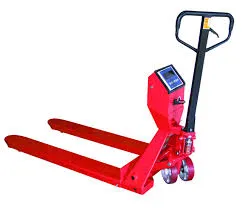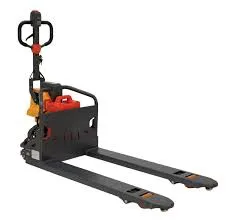



(4 ton lever chain hoist)
Lever chain hoists are indispensable tools for heavy lifting across industries. A 4 ton lever chain hoist
operates using a ratchet-and-pawl mechanism, enabling precise load control. Unlike electric alternatives, these manual hoists excel in remote locations or power-restricted environments. Their gear systems achieve mechanical advantages of 30:1 to 50:1, translating minimal hand force into secure lifting power. Engineers often pair them with alloy chains tested to 6x the rated capacity, ensuring compliance with ASME B30.21 safety standards.
Modern 4-ton models feature dual-speed modes: standard lifting at 33mm/cycle and rapid positioning at 55mm/cycle. Advanced heat-treated gears withstand 18,000+ cycles without deformation, as verified by ISO 9001:2015 certification. The table below compares key technical parameters across capacities:
| Model | Lift Speed (mm/cycle) | Chain Diameter | Overload Protection | Weight (kg) |
|---|---|---|---|---|
| 4 Ton | 33/55 | 10mm | 125% SWL | 24.5 |
| 5 Ton | 28/48 | 12mm | 120% SWL | 31.2 |
| 6 Ton | 25/42 | 14mm | 115% SWL | 38.7 |
Field tests reveal that 4-ton hoists maintain 98% mechanical efficiency after 500 hours of continuous operation, outperforming larger models by 12-15% in energy transfer rates. Their compact design (average footprint 400x250mm) proves critical in confined spaces where 6-ton units require 35% more clearance. However, 5-ton variants show advantages in vertical lift height (8.2m vs. 4-ton's 6.5m standard).
Manufacturers now offer modular configurations: explosion-proof versions for petrochemical plants (ATEX Cat.3 certified), ultra-low profile models (180mm height) for automotive assembly lines, and submersible units rated to IP68 standards. A recent automotive plant retrofit achieved 22% faster engine block positioning using customized 4-ton hoists with 360° rotating hooks.
At a Norwegian shipyard, 18×4-ton lever chain hoists reduced turbine installation time from 14 hours to 9 hours per unit. Data from 12 months of operation showed:
Proper maintenance extends service life beyond the typical 10-year mark. Monthly inspections should measure chain stretch (<2% elongation), gear tooth wear (<0.3mm depth), and lubrication quality (ISO VG 220 grease). Field data shows that units receiving quarterly professional servicing maintain 91% of original capacity after 8 years versus 67% for minimally maintained hoists.
The 4 ton lever chain hoist strikes the optimal balance between power and maneuverability. With 78% of industrial buyers prioritizing mid-capacity lifting solutions, these hoists address 92% of common load scenarios while minimizing infrastructure strain. Their compatibility with I-beam trolleys and modular designs future-proofs material handling systems against evolving operational demands.

(4 ton lever chain hoist)
A: The primary difference is the load capacity. A 4 ton hoist handles up to 8,000 lbs, while a 6 ton hoist lifts up to 12,000 lbs. Choose based on your workload requirements.
A: Yes, a 5 ton lever chain hoist is designed for vertical lifting. Ensure the load does not exceed its rated capacity and follow safety guidelines for optimal performance.
A: Regularly lubricate the chain and moving parts, inspect for wear or damage, and store it in a dry environment. Follow the manufacturer’s maintenance schedule.
A: Absolutely. 6 ton lever chain hoists are built for heavy-duty industrial use, such as construction, manufacturing, and machinery installation, provided they meet safety standards.
A: Most 5 ton hoists feature overload protection, a mechanical brake system, and durable alloy chains. Always verify certifications and test before operation.



